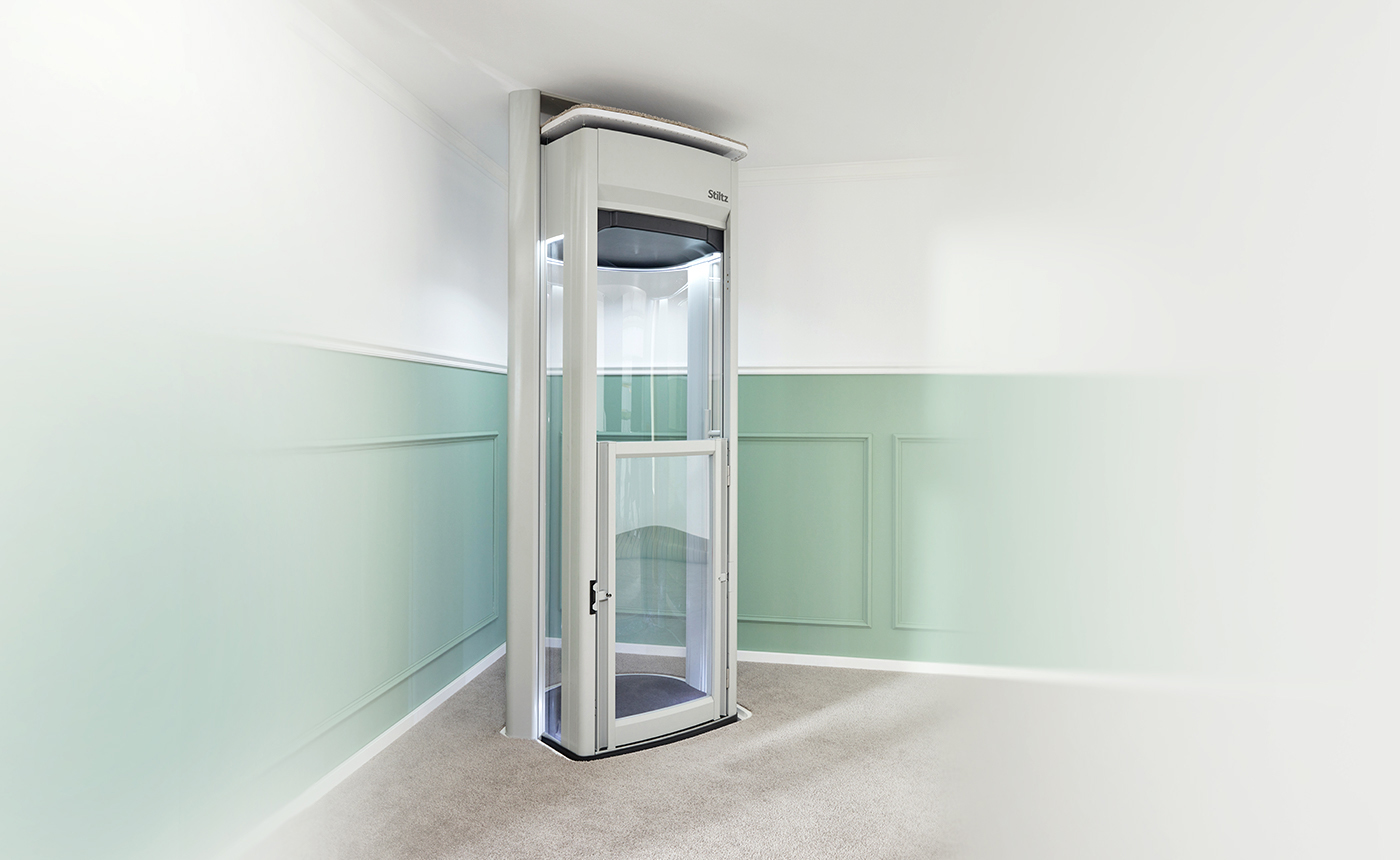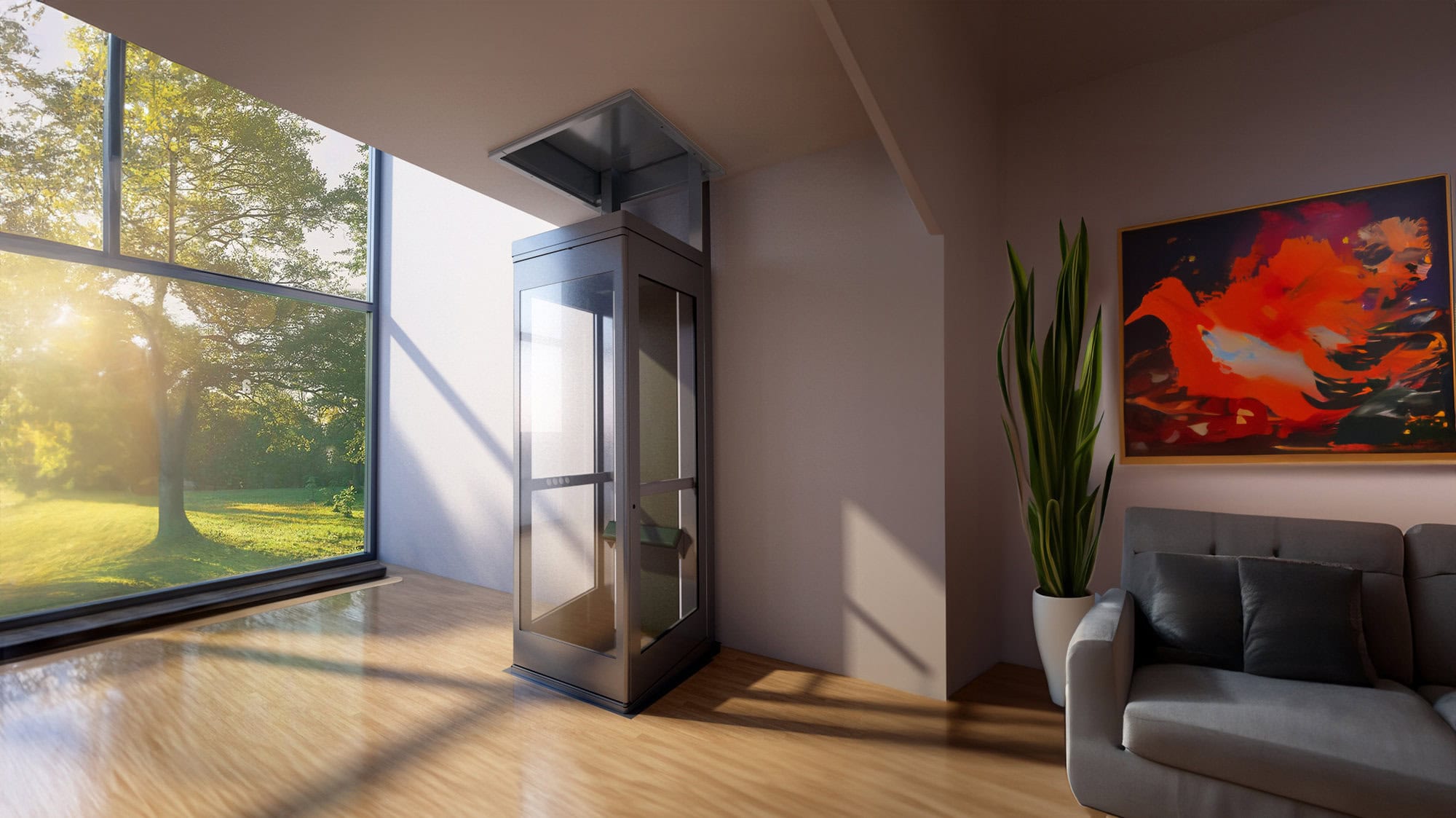Top Lift Companies in London: Offering Quality Installations and Maintenance
Top Lift Companies in London: Offering Quality Installations and Maintenance
Blog Article
Delving Into the Globe of Elevators: Typical Concerns Faced by Various Lift Systems
As we navigate with the upright transportation systems of modern buildings, lifts stick out as a crucial element of our lives. Nonetheless, behind their smooth operation exists a world of complex devices that can often experience obstacles. From hydraulic lifts to grip systems and machine-room-less layouts, each lift kind includes its collection of common problems. Understanding these challenges is important for ensuring the smooth performance of these important systems. Allow's explore the complexities that underlie the procedure of elevators and the possible concerns that can develop, clarifying the complex web of lift systems.
Hydraulic Lifts
Hydraulic lifts, frequently chosen for low-rise structures, make use of fluid pressure to regulate the motion of the elevator vehicle (lift repair companies). This device includes a hydraulic pump pushing oil into a cylinder, causing the lift to relocate in the preferred instructions. While hydraulic elevators are recognized for their quiet and smooth procedure, they do come with their own collection of typical concerns
One common problem with hydraulic lifts is oil leakage. The seals in the hydraulic system can wear with time, bring about oil infiltration. This not just produces a mess but can also influence the elevator's efficiency if left unaddressed. Additionally, problems with the control system, such as malfunctioning shutoffs or a malfunctioning pump, can cause interruptions in the elevator's activity.
Regular maintenance and punctual repairs are necessary to make certain the smooth functioning of hydraulic lifts. By attending to these common problems proactively, structure owners can reduce downtime and make certain the security and performance of their upright transportation system.
Grip Elevators
When considering vertical transport systems in buildings, another common kind apart from hydraulic lifts is the grip lift. Traction elevators operate using a system of ropes and weights that relocate the lift vehicle by grasping onto the hoist ropes. This mechanism permits smoother and much faster upright transport compared to hydraulic systems.
Among the typical issues faced by traction elevators is rope wear. The consistent movement of the ropes within the grip system can bring about put on and tear with time, potentially triggering the lift to breakdown or become dangerous for usage. Routine assessments and maintenance of the ropes are important to guarantee the elevator's appropriate functioning and security.
An additional issue that grip lifts might run into is connected to the control system. Issues with the control system can cause concerns such as erratic motion, hold-ups in response times, and even full closures. Regular screening and maintenance of the control system are important to avoid such issues and ensure the lift's integrity.
Machine-Room-Less (MRL) Lifts

Among the crucial components of MRL lifts is the small gearless grip equipment that is mounted within the hoistway. This equipment effectively drives the lift car without the requirement for large devices found in traditional traction elevators. Furthermore, MRL lifts normally make use of a counterweight system to stabilize the cars and truck, further improving their power effectiveness.
In spite of their advantages, MRL lifts might encounter obstacles connected to maintenance and fixing due to the restricted space for equipment installation. Accessibility for servicing components within the shaft can be restricted, requiring specialized training for professionals. Appropriate maintenance schedules and regular evaluations are important to ensure the continued smooth operation of MRL lifts.
Overloading and Weight Restriction Issues
Overloading and weight limitation issues are important issues in lift operations. Lift suppliers layout raises with specific weight abilities to make sure passenger security and devices longevity.
When lifts are overloaded, it places extreme strain on the motor, cables, and other components, potentially creating malfunctions or malfunctions. Safety devices such as sensors and overload sensors remain in location to avoid elevators from moving if they identify excess weight. In addition, going beyond weight limits can result in increased power intake and deterioration on the elevator system.
To reduce overwhelming concerns, building managers must prominently present weight limits in lifts and enlighten owners on the value of sticking to these limitations - lift repair companies. Routine maintenance checks by qualified technicians can also assist make certain that lifts are operating within secure weight parameters. By resolving overloading and weight limit issues proactively, structure owners can boost lift security and efficiency
Electric System Failures
Surpassing weight limits in elevators can not just bring about mechanical concerns however likewise potentially add to electrical system failings within the lift infrastructure. Electrical system failures are a crucial problem in elevator procedure, as they can trigger unexpected closures, malfunctions, or even safety risks. One typical electrical issue is the overheating of elements because of extreme present circulation brought on by overloading the lift beyond its ability. This can lead to damage to the motor, circuitry, or control systems, resulting in pricey repair work and downtime.
Regular upkeep and assessments are crucial to identify and attend to prospective electric issues without delay, ensuring the reliable and secure procedure of elevator systems. By sticking to weight limitations and conducting regular electrical system checks, structure proprietors can reduce the threat of electric failings in lifts.
Final Thought

Hydraulic lifts, often chosen for low-rise structures, use fluid stress to manage lift repair near me the movement of the lift auto.When thinking about vertical transportation systems in structures, one more usual type aside from hydraulic elevators is the traction elevator. Traction lifts operate making use of a system of ropes and counterweights that move the elevator auto by gripping onto the hoist ropes. Unlike typical elevators that require a different equipment area to house the devices, MRL elevators incorporate most of the parts within the shaft, removing the demand for a devoted machine room.In conclusion, lifts deal with common issues such as hydraulic breakdowns, grip system failings, and electrical system problems.
Report this page